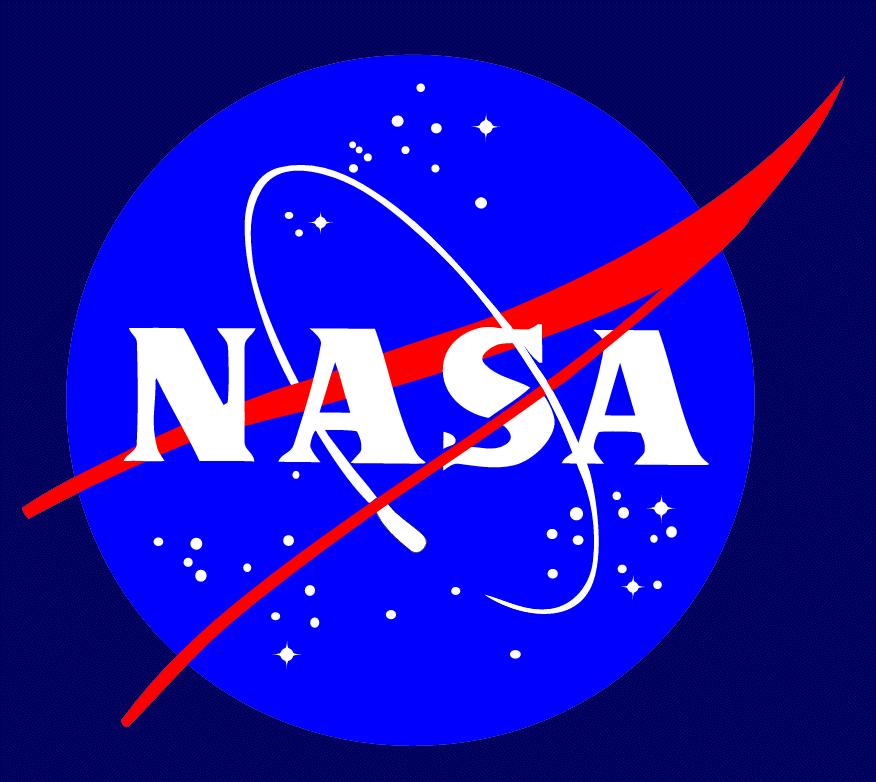Volcanoes, shrinkage have shaped Mercury's surface, NASA says
 Washington - Massive lava flows from volcanoes on Mercury created the smooth plains on the small planet, NASA scientists said Thursday after reviewing data from the first spacecraft to fly past the planet in more than 30 years.
Washington - Massive lava flows from volcanoes on Mercury created the smooth plains on the small planet, NASA scientists said Thursday after reviewing data from the first spacecraft to fly past the planet in more than 30 years.
On a short fly-by in January, the Messenger spacecraft was able to view 20 per cent of Mercury that scientists had never seen before, researchers said in a press conference. Data from the just 55-hour pass have been analyzed by scientists and the findings were published in several articles in Friday's edition of the journal Science.
Since the last mission to Mercury in 1975 by the Mariner 10 craft, scientists have debated whether the planet's plains were formed by volcanoes or by meteor impacts, and the findings seem to settle the question.
Another surprising finding was that Mercury has shrunk a third more than perviously thought as its hot core has cooled, NASA researchers said.
The shrinkage is visible in the formation of raised cliffs, known as lobate scarps, that scar the planet's surface.
"The surface geology preserves the history of the cooling of mercury's core," said Sean Solomon, the principle investigator on the project. There is "no other record of that in the solar system."
The Messenger will again pass the planet on October 6, before settling into orbit around Mercury in 2011, providing what scientists hope will be the most complete picture yet of the planet closest to the Sun and solar system's smallest.
Scientists also gathered data on the planet's magnetic field, chemical composition and atmosphere. Together the data will tell researchers more about the formation of the solar system and how planets, including the Earth, age.
"It's just one of our siblings in this small family that had a common parentage and had similar rules, but all turned out differently in the end," Solomon said. (dpa)